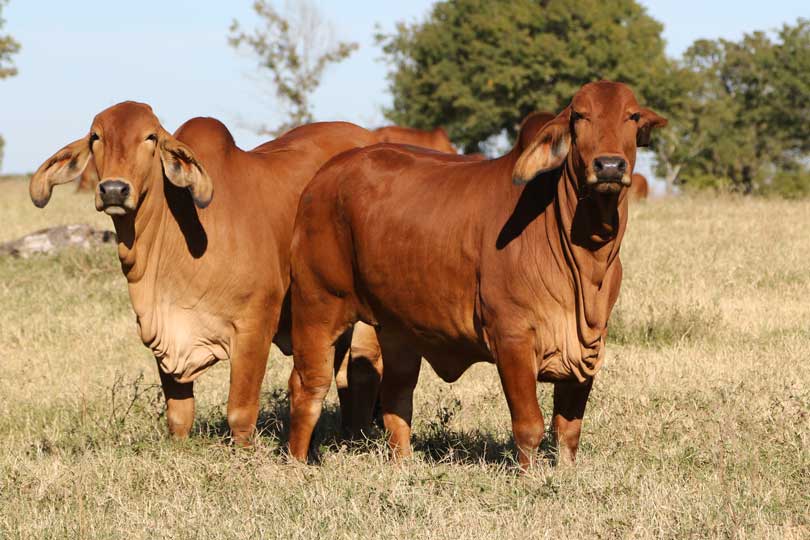Two projects by Texas A&M AgriLife Research scientists aim to protect the U.S. cattle industry from the emerging threat of pesticide-resistant cattle fever ticks.
Cattle fever ticks represent one of the greatest threats to the U.S. cattle industry. The ticks carry parasites and bacteria that cause deadly diseases, including bovine babesiosis and anaplasmosis. A few treatments exist, but there are no effective vaccines for these diseases.
One $625,000 grant is for a three-year study to identify synthetic molecules that can be developed into treatments that kill cattle fever ticks but are non-toxic for livestock or humans.
The other grant, for a total amount of $530,405, is for a two-year study focused on creating vaccines for cattle.
“These studies have enormous implications not only for the cattle industry, but also for our overall biological understanding of ticks,” Dr. Phillip Kaufman, head of Texas A&M University’s Department of Entomology, said. “Novel research like this is challenging, but it is vitally important for the future of animal and human health.”
Beef cattle and calf sales are Texas’ top agricultural commodity and generate about $8.5 billion annually. Worldwide, ticks cause an estimated $18.7 billion in economic losses each year, according to AgriLife.
Cattle fever tick eradication efforts began in 1906 and were officially eradicated in the United States in the early 1940s. But cattle fever ticks are still common in Mexico. They are an increasing threat to cattle producers because they are developing resistance to acaricides, the primary method to control them.
Ticks with resistance to permethrin, an acaricide not used against cattle fever tick in Texas but used widely in Mexico, has been found in Texas, despite tick quarantine efforts. However, the ticks have been shown to be resistant to many other acaricides outside the United States raising the threat to the cattle industry. Cattle fever ticks also infest wildlife, such as white-tailed deer and other exotic animals, including nilgai antelopes present in South Texas.
The movement of animals carrying ticks across the U.S.-Mexico border is a constant menace, as cattle ticks could become established and possibly transmit disease-causing pathogens to cattle herds. Tick resistance to acaricides makes it imperative to develop both anti-tick vaccines and new anti-tick treatments that are safe for vertebrate animals.
The projects are funded by grants from the U.S. Department of Agriculture’s National Institute of Food and Agriculture.
For more information on the projects, click here.

